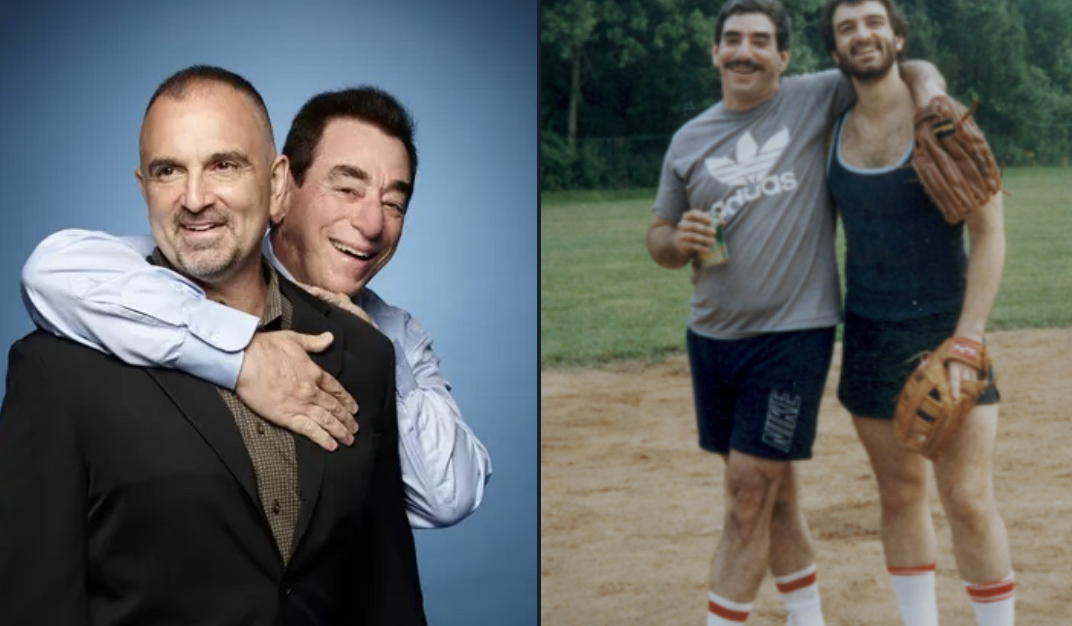“Didn’t get our first drug approval for 20 years… didn’t become profitable for almost 25 years… up until then, financial analysts used to mock us as the definitive example of scientists not knowing how to run a business… as Len says, we became an “overnight success” after 20 years of perceived failure… But over the last 10 years, many say we have the most productive & exciting pipeline in biopharma… Because we were willing to invest in building the right foundation based upon game-changing genetics technologies”.
And here are more lessons on being persistent and having a winning strategy…
“What most companies do is… at a very early stage when they really think they’re onto something, they go to Pfizer or Amgen or Merck and they sell out, and the company is gone!
They get what seems to be a lot of money upfront, let’s say $100m, the couple of guys who started the company make a decent amount of money… but the company is done! It’s then all up to the big company, but what happens is ultimately most of these projects die in the big company…
However, our approach is different. Len who pioneered this model said, hey Amgen or Pfizer or Sanofi… if you want to be part of this, you’re not gonna get it all, you’ll only get 50% of it and we’re gonna keep 50% on the back. So if this turns into a billion-dollar drug we’ve become a big company all of a sudden because we get half of a billion dollar.
But that’s not all; you’ll also have to fund our work for the next five or ten years that it will take to achieve this. You will bear 100% of our research and development costs, and in return, we’ll share 50% of the profits when the time comes.
This model has allowed us to continue making groundbreaking discoveries. What’s remarkable, even unbelievable, is that some of our partners, like Santa Fe, stuck with us and are now reaping the benefits of billion-dollar drugs.
But some partners after five, six, or seven years into the process said ohhh this hasn’t delivered yet, so they essentially gave it back to us! We only had maybe two or three years left to figure out how to fund it on our own… and these guys lost out!
So Eylea that sells about $8 billion worldwide, a 100% of it comes to Regeneron. Why? Because first it was shared 50-50 with Proctor and Gamble… they gave up on it after four years! Then it went to Ventus, they gave it back after three or four years and Bayer was willing to fund the remaining couple of years of research… However, because things were looking so promising at that point, they only received 50% of the sales outside of the US, while we retained 100% of the sales within the US.
This is how we funded our business, by getting partners to support our research and development while still granting us a 50% share at the end of the process. Consequently, we now have billion-dollar drugs, some of which we receive 100% of the profits because our partners gave up, and others where we receive 50% of the profits, which is still quite remarkable.” — George Yancopoulos, Cofounder of Regeneron
